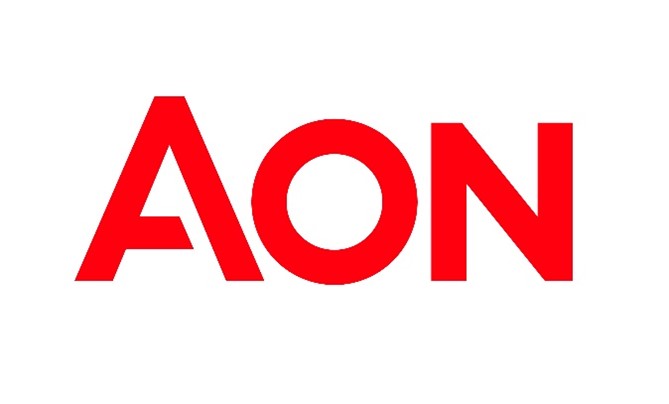This article is featured in the 2024 FCLTGlobal Blue Book, a collection of real-world examples of how our members are putting long-term strategies into practice today. We hope that these practical illustrations will inspire others to embrace the mission of focusing capital on the long term. Learn more >>
In a world that’s changing faster than ever, the EY purpose of building a better working world has been a guide, providing meaning for the work we do every day. This purpose has been an integral part of NextWave, the EY global ambition and strategy to create long-term value for EY people, clients, and society. It’s remarkable to see how far the business community has come over the last decade in accepting that a focus on the long-term and the creation of stakeholder value are the pillars of a stable, financially stable organization. The next phase will see mandatory requirements from regulation and governments – ratcheting up long-term value on the Boardroom agenda. But where to start?
Walking the talk
FCLTGlobal’s research has shown when organizations “walk the talk” they generate higher returns, deliver higher sales growth and are more likely to invest in research and development, among other stakeholder benefits. While we are a sample of one, we’ve had five years to put our focus on long-term value into practice. And, over that time, we have achieved significant progress across a range of metrics from carbon reduction and employee training to diversity and serving the communities in which we operate. These efforts have led to an incredible 43 percent increase in global revenues since 2019.
At COP28, the Sustainable Markets Initiative (SMI) awarded EY the “2023 Terra Carta Seal” for sustained efforts to further non-financial reporting with clients, international bodies, business leaders, and other like-minded entities. The EY participation in two external initiatives was specifically recognized: the Embankment Project for Inclusive Capitalism (EPIC) – a collaboration of 30+ organizations – and the World Economic Forum’s International Business Council (WEF-IBC) Stakeholder Metrics – a two-plus year collaboration between WEF, the Bank of America, and the Big Four. Forming and adhering to long-term strategies requires consistent, comparable, and robust measurement. Both initiatives were focused on the difficult task of maturing the non-financial reporting space and were designed to provide steppingstones to standardization.
The SMI also recognized the transformation of EY itself. NextWave was established in 2019 to create long-term value for EY stakeholders and communities. The strategy was based on the long-term value framework developed in EPIC, and in 2021 it was expanded to include the WEF-IBC Metrics. The EY Global Executive, the most senior body in EY, also established a new Non-Financial Reporting Hub to collect, monitor and report global EY sustainability and long-term value performance, both internally and externally. And each year since 2021, we have matured EY reporting and honed our processes.
As we get better, we help EY clients get better. We recently helped a consumer packaged goods company integrate their sustainability ambition across the company, supply chain, and disclosures. We helped a global consumer company decarbonize their logistics strategy through a data-driven roadmap; now projected to reduce 92 percent of emissions in the logistics chain by 2025 and maintain their market-leading position. We expect to see steady demand for these services as these objectives are increasingly prioritized.
Moving from ambition to action
Stakeholders are looking for action. The voluntary disclosures thus far have not only been welcome but have whet the appetite for more. As disclosures move from voluntary to mandatory, reporting may be seen as yet another challenge, but it’s also an opportunity to build more trust with stakeholders. So, what have we learned?
While many businesses have set long-term goals, many more struggle to implement them. Rather than delay and debate the complexity of a perfect plan, companies need to show they are acting now. Collaboration will be essential to achieving the changes we want to see. We learned this in our work with EPIC and WEF IBC – which involved well over 100 organizations. Collaboration always brings diverse ideas, better solutions, greater impact, and higher success rates. It’s important to discuss shared challenges with each other, and with regulators.
Systems change will no doubt generate push-back, but sustainable, long-term growth requires a sustainable, long-term focus. That won’t change.
Sustaining focus
Many know the power of placing long-term value creation at the center of a company’s purpose and strategy. But remaining focused while also combatting the basic day-to-day and the fundamental market, technological and geopolitical challenges makes this all the more challenging. Yet, that is exactly when it’s most useful – as the lens through which leaders can determine priorities.
For EY, the focus on long-term value – and how we measure it – will evolve and continue as we seek to support the further convergence and optimization of non-financial reporting standards; deliver increased transparency and maturity in our reporting; and help organizations design, operationalize, and ease non-financial reporting looking to new technology and data collection methods.


